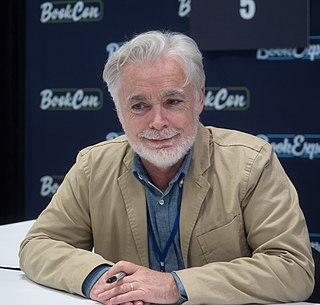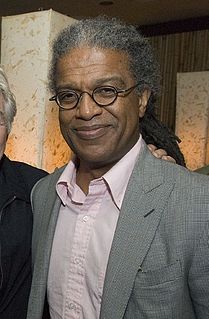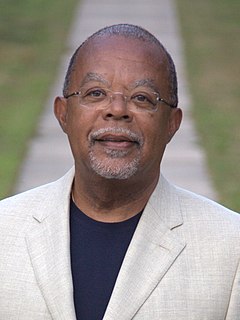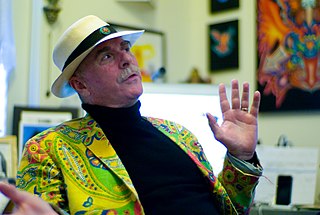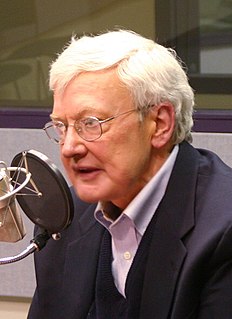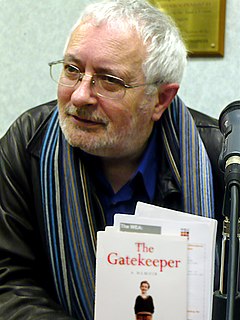A Quote by Hans-Ulrich Obrist
Most cities have a centre surrounded by suburbs, but London has numerous centres: it's the model of a twenty-first century metropolis.
Related Quotes
London is not just an international financial centre: it is also one of the most ethnically diverse places on earth. Three hundred languages are represented within its boundaries, and - as is true of some other English cities - more than half of London's inhabitants describe themselves as non-white.
The opportunities of the twenty-first century make those of us who care about cities feel like kids in a candy store: How will cities survive and lead the way in the transformation required to combat global warming? Resilient Cities gives us a road map for this epic journey upon which we are embarking.
For the most part, French cities are much better preserved and looked after than British cities, because the bourgeoisie, the people who run the cities, have always lived centrally, which has only recently begun to happen in big cities in England. Traditionally in England, people who had any money would live out in the suburbs. Now, increasingly, people with money live in the cities, but this has changed only in the last 20 or so years.





